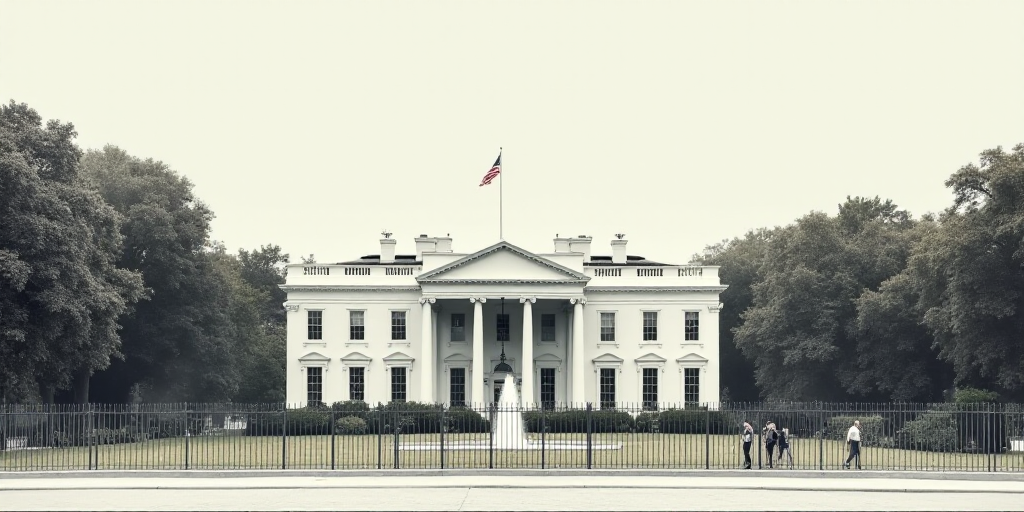Background on Mary Daly and the Federal Reserve
Mary Daly, President and Chief Executive Officer of the Federal Reserve Bank of San Francisco, recently expressed her views on the potential trajectory of interest rate adjustments by the Federal Reserve (Fed) in 2019. Her comments come amidst rising inflation risks and ongoing trade uncertainties under the current U.S. administration.
Who is Mary Daly?
Mary Daly is an accomplished economist with extensive experience in monetary policy, labor markets, and gender issues. As the President and CEO of the San Francisco Fed, she plays a crucial role in shaping the regional economy and contributing to the Fed’s monetary policy decisions. Her insights are highly regarded, making her statements influential in the broader economic discourse.
The Federal Reserve’s Role
The Federal Reserve is the central banking system of the United States, responsible for conducting the nation’s monetary policy to promote maximum employment, stable prices, and moderate long-term interest rates. The Fed’s Federal Open Market Committee (FOMC) sets target levels for federal funds rate and other interest rates.
Key Points from Mary Daly’s Statement
At an event hosted by the Fisher Center for Real Estate & Urban Economics at UC Berkeley, Daly emphasized the need for a measured approach to interest rate adjustments.
Daly’s Stance on Interest Rate Cuts
Daly indicated that, despite feeling comfortable with a couple of interest rate cuts this year, the increased inflation risks suggest that the Fed should implement less aggressive reductions.
Trade Uncertainty and Economic Growth
Daly acknowledged that the uncertainty surrounding U.S. trade policies, particularly those of President Donald Trump, has yet to significantly disrupt the robust U.S. economic growth. She advocated for a gradual and cautious reduction in interest rates, stating:
“Continuing to gradually and deliberately lower the federal funds rate rate without urgency is the right approach.”
The Fed’s Price Stability Commitment
Daly reiterated the Fed’s commitment to maintaining price stability, which serves as the foundation for all its monetary policy decisions. She emphasized that this pledge remains central to their actions, ensuring long-term economic stability.
Current Interest Rate Environment
The Fed has kept the federal funds rate within the range of 4.25% to 4.50% since December. Monetary authorities generally warn that tariffs are likely to increase inflation and slow down economic growth.
Consensus Among Fed Officials
Many, including Fed Chair Jerome Powell, prefer to observe the developments in trade and other policies before making any adjustments. Daly echoed this sentiment, suggesting patience in light of ongoing uncertainties.
Key Questions and Answers
- Q: What did Mary Daly suggest regarding interest rate cuts? Daly recommended a more measured and less aggressive approach to interest rate reductions, considering the rising inflation risks.
- Q: How has trade uncertainty affected the Fed’s stance on interest rates? Daly acknowledged that, despite trade uncertainties, the U.S. economy remains robust. This has led to a cautious approach in adjusting interest rates.
- Q: What is the Fed’s primary objective in setting interest rates? The Fed aims to maintain price stability, which is the cornerstone of its monetary policy decisions.
- Q: What is the current interest rate range set by the Fed? The federal funds rate is currently within the range of 4.25% to 4.50%.
- Q: Why do some Fed officials prefer to wait before making interest rate adjustments? Officials like Jerome Powell and Mary Daly want to observe the developments in trade policies and other factors before making any changes, given the existing uncertainties.






